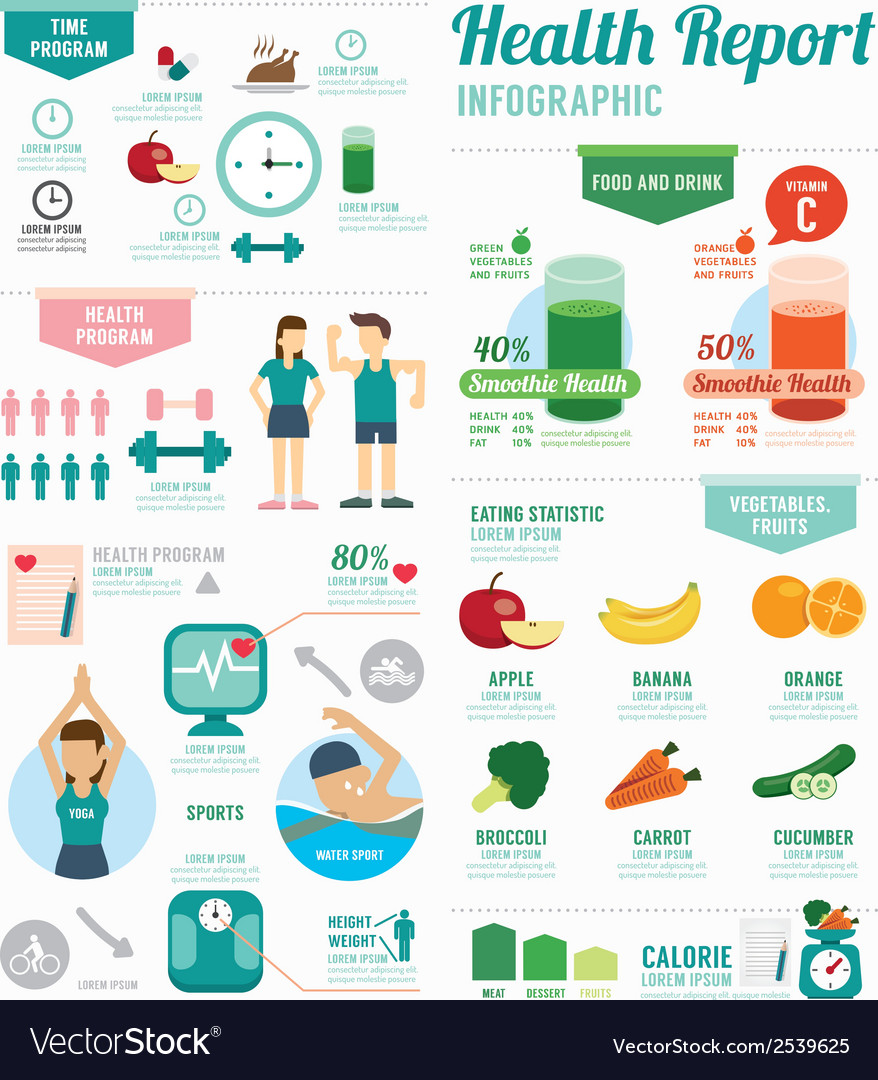Understanding Various Kinds Of Hernias And The Specialist'S Function

Write-Up Created By-Abdi Rahbek
A hernia occurs when fat or part of the intestinal tract presses via muscular tissue that must be holding it back. This can be agonizing, and it typically will not vanish by itself.
Occasionally hernias require to be dealt with operatively. That's when doctors consider choices like launching muscle mass, enhancing the abdominal wall surface or part splitting up.
Inguinal hernia
A small part of the intestinal tract jabs through a weak spot in your abdominal muscles near your groin (the inguinal canal is a passage in the lower part of your abdominal areas that houses capillary and nerves, including the spermatic cord for guys and also the ligaments that sustain a woman's uterus). You can have this hernia repaired surgically.
During surgical treatment, your physician can see the hernia making use of a video camera attached to a scope that is inserted via a number of little cuts on your belly. Another device might be placed through the exact same cuts to assist repair the hernia.
After hernia repair work, it is essential to follow your medical professional's recommendations for avoiding issues. This implies reporting any hernial discomfort or discomfort that comes and goes, or gets worse. It's additionally crucial to stay clear of heavy training and also stressing, especially while you're peing or coughing. A hernia that ends up being trapped and also squeezed loses its blood supply (it's called imprisonment) and also can die, which is a medical emergency.
Umbilical hernia
In the womb, children travel through a small opening in between their abdominal wall muscular tissues near the stubborn belly switch (umbilicus). Typically this shuts before birth, yet occasionally it does not. This causes a hernia in 20 percent of all babies.
Umbilical hernias look like a swelling or lump in the belly button. They are most noticeable when a baby sobs or pressures. The lump will get smaller or disappear when the kid is tranquil. Periodically, umbilical hernias get stuck (called put behind bars) and also do not obtain sufficient blood supply. This can create pain and also also death of the cells in the hernia sac.
A lot of umbilical ruptures will certainly shut without therapy by themselves by age 4. When just click the up coming site do not, medical professionals at Mount Sinai commonly fix them with mesh. This approach is associated with fewer recurrences than main stitch repair work. The surgical procedure is done through a small incision inside or listed below the belly button. A medical mesh is placed over the hernia website to provide long-lasting strength.
Incisional hernia
This sort of hernia occurs at the website of a previous surgical wound. It typically occurs when a loop of the intestine slips via the weak point at the edge of a surgical injury that has stopped working to heal appropriately due to infection or injury.
This is a harmful hernia because the intestine can become incarcerated as well as require immediate clinical treatment. It can additionally cause persistent discomfort, as well as the hernia may persist also after surgery.
The doctor could make use of a thin, lighted extent (called a laparoscope) to make numerous little incisions (cuts). Via these cuts, they might eliminate excess fat as well as tissue around the hernia and also fix the weak area of the abdominal wall. They might additionally place in a mesh patch that holds the sticking out intestinal tract as well as stops it from pressing through once again. They could close the hernia with dissolvable stitches or medical adhesive as well as location a plastic or mesh graft over the weakness in the abdomen.
Hiatal hernia
The most typical sort of hiatal hernia is a moving (type I) hernia. This happens when the joint in between your esophagus and also stomach sticks out up with the gap in your diaphragm right into your breast dental caries. This can trigger heartburn and also difficulty ingesting.
Larger ruptures, called paraesophageal (type II, III and also IV) or diaphragmatic (type V) ruptures, can be very harmful and may need immediate surgical procedure. How Bad Does A Hernia Have To Be For Surgery can cause lung problems and pneumonia, or can squeeze the stomach so tightly that its blood supply is cut off.
BWH thoracic specialists perform laparoscopic surgical procedure to decrease the size of ruptures and also to avoid strangulation. This entails making a few small cuts in your stubborn belly as well as putting a tube with an electronic camera that sends out images to a display. This permits surgeons to see what they are doing as well as gives a far better recovery.

